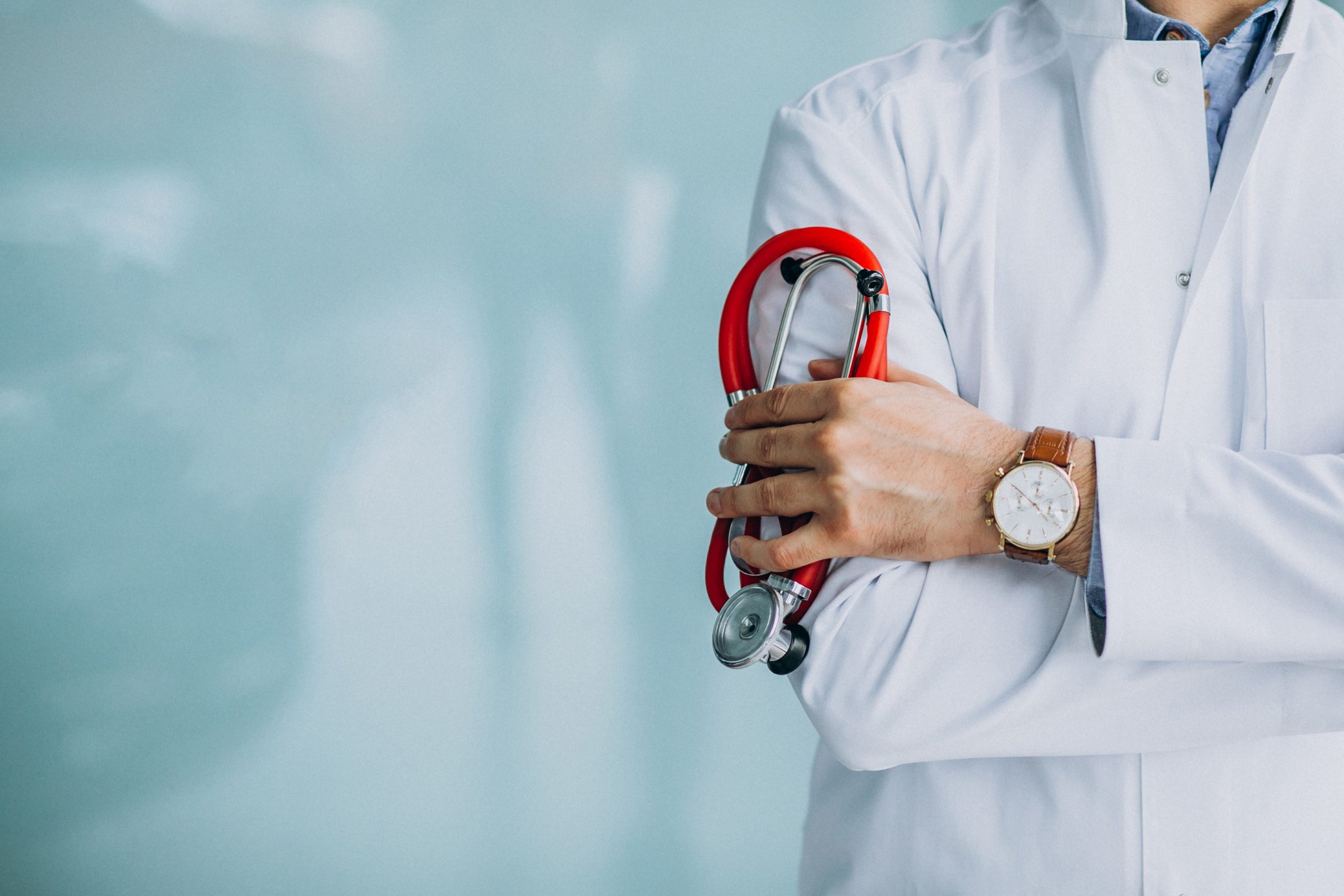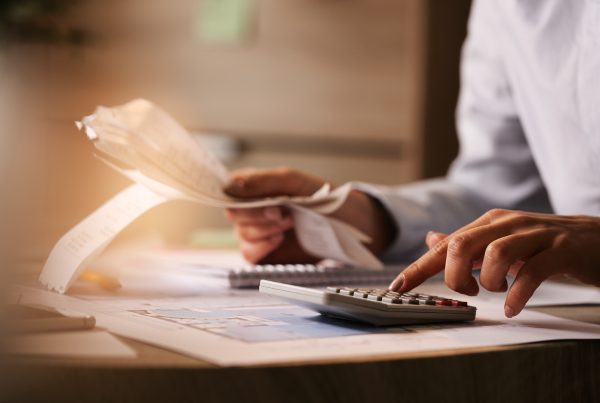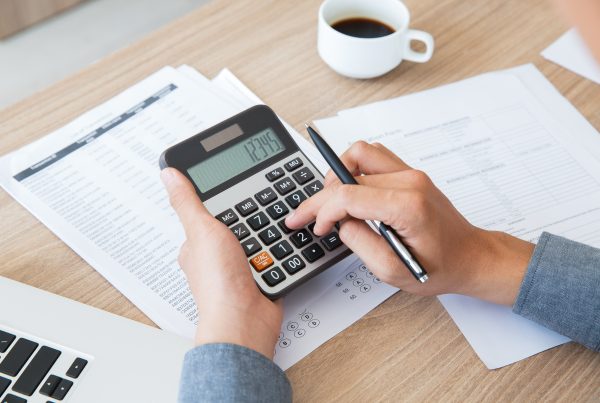Many people overlook the tax relief available to them on health expenses, not realising that they may be entitled to quite a considerable refund. By simply keeping track of your health expenses and making a straightforward claim to Revenue at the end of each year, you can save a lot of money.
Step 1: Identify which of Your Health Expenses Qualify for Relief
The main health expenses that qualify for tax relief are as follows:
Doctors’ bills
Treatment at a hospital or nursing home
Diagnostic procedures such as x-rays
Transportation by ambulance
Maternity care
Speech and language therapy for a dependent child
Prescription medicines
Physiotherapy
Treatment of eye problems
Corrective laser eye surgery
Food and drinks required by coeliacs or those on specialised diets on the advice of a doctor
Educational psychological assessment for a dependent child
Visit www.revenue.ie for a more comprehensive list of allowable expenses.
Understanding Health Care Expenses
Qualifying Dental Treatments?
Routine dental treatments such as extracting, filing and scaling of teeth do not qualify for relief.
However, certain procedures such as crowns, veneers, bridgework, root canal treatment, and treatment of dental irregularities are allowable.
Qualifying Optician Expenses?
Routine treatments aren’t covered. This includes sight testing, and providing glasses and contact lenses. However you can claim back some of these costs if you pay PRSI. Ask your optician for the relevant form.
Can I Claim Tax Relief on the Total Amount of Prescription Medicines?
No, anything over €100 is covered by the HSE, therefore only the first €100 qualifies for tax relief.
Step 2: Claim Relief for Qualifying Health Expenses.
If you are unsure whether a particular health expense is allowable for relief, see the extensive list on www.revenue.ie or contact your local tax office.
What Forms Do I Need to Fill Out?
(a) Complete a Form Med 1 at the end of the tax year and send it to your regional tax office. If you are an employee don’t forget to send in your P60 (which your employer will give you) for the year as well.
(b) It is also possible to claim tax relief on your medical expenses through Revenue’s PAYE Self-
Service Online System. To find out more, visit www.revenue.ie
If you had qualifying dental expenses, you will also have to send in a Form Med 2. You should ask your dentist to complete the Form Med 2 and give it to you to submit.
You can download these forms from the Revenue website:
> www.revenue.ie/forms/med1.pdf
> www.revenue.ie/forms/med2.pdf
Should I send all my Medical Receipts to the Revenue?
No, you don’t have to send your receipts, but you will have to maintain them for six years in case Revenue requests them in the future.
Whose Health Expenses can I Claim Tax Relief on?
You may claim for yourself, your spouse, your children and anyone else on whose behalf you have incurred health expenses. Prior to 2007 you could only claim for yourself and certain “relatives”.
How is my Refund Calculated?
Individuals can claim tax relief on all qualifying health expenses. Your refund is calculated at the standard rate, currently 20%. (However, qualifying expenses paid to a nursing home are allowed at your marginal rate of tax, either 20% or 41%, see next point re: health expenses compensation).
What If I Have Already Received Compensation for Health Expenses?
Bear in mind that if you have already received, or are entitled to, a reimbursement of health expenses from your health care provider, (for example from VHI/Laya/Aviva), from a health board or anywhere else, then you are not entitled to a tax refund on these expenses as well.





